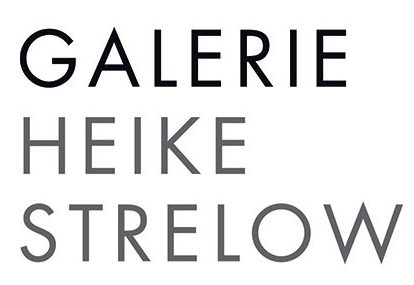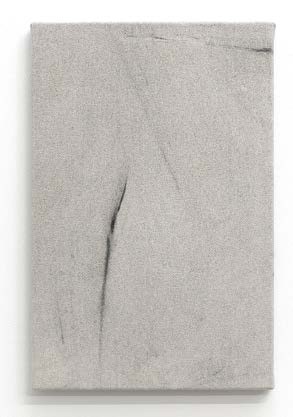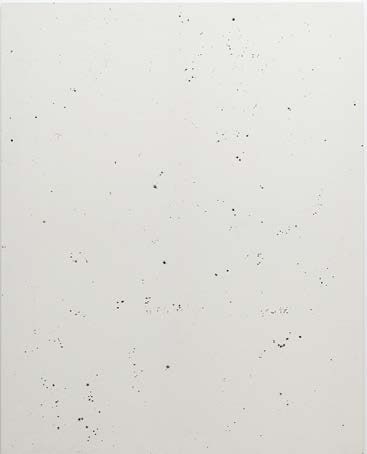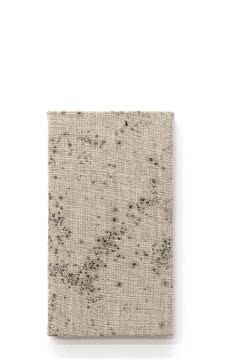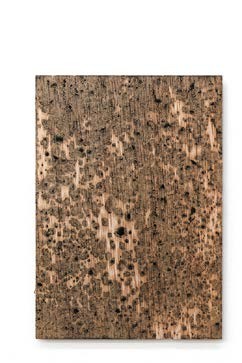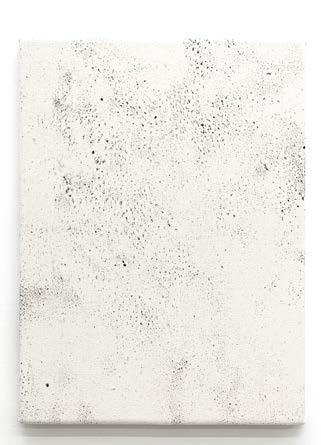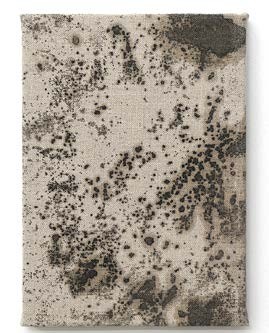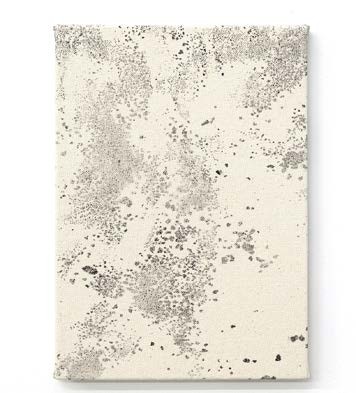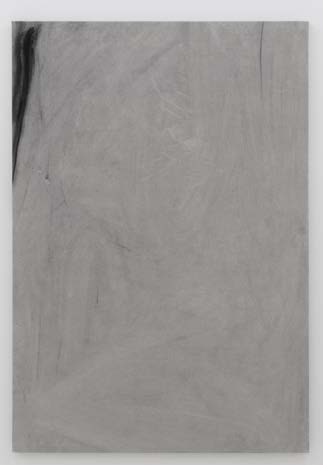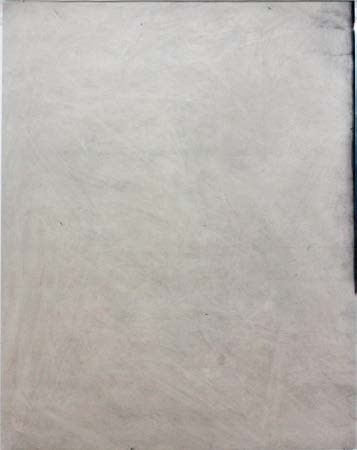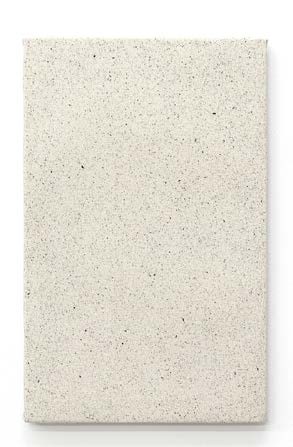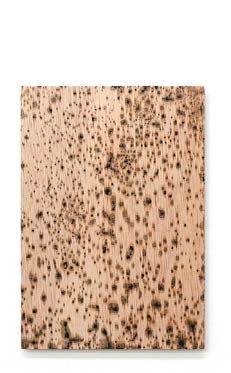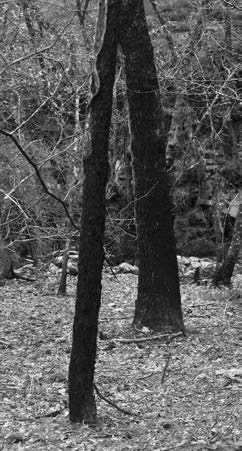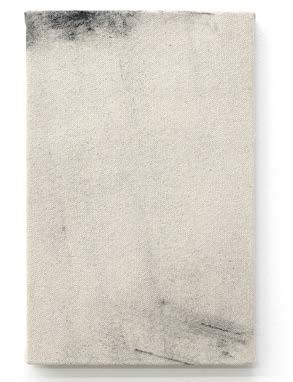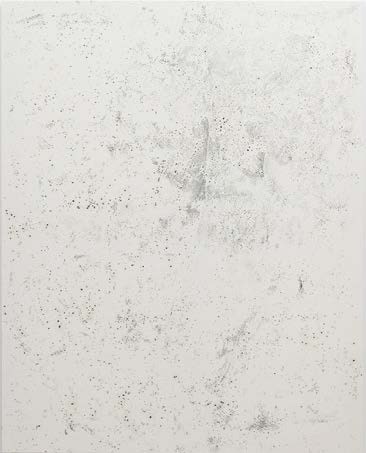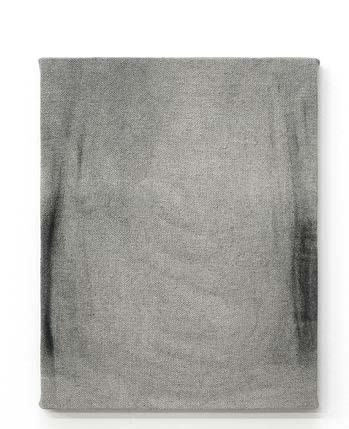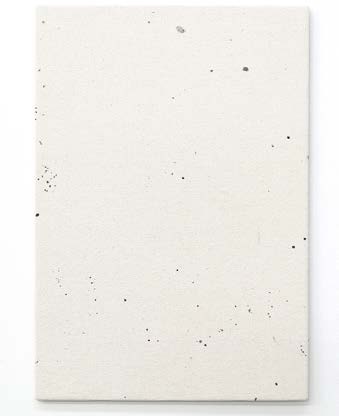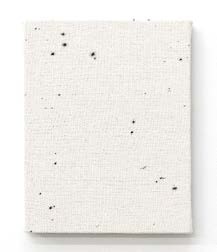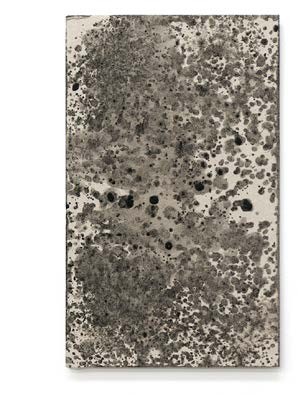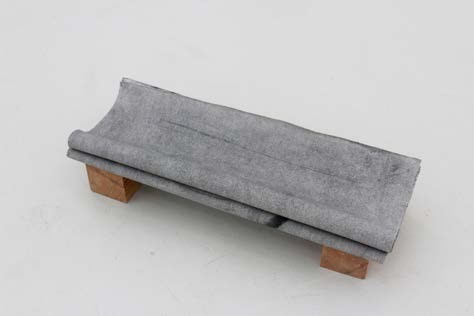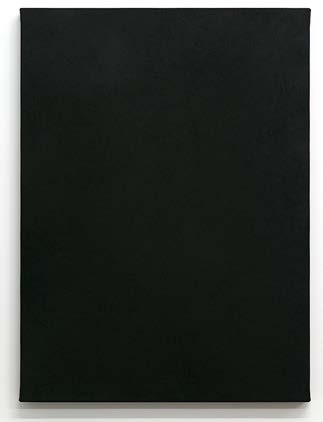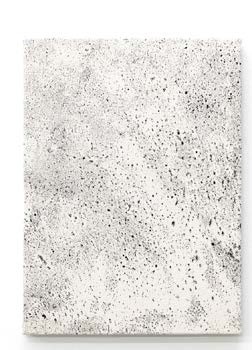Irene Grau
on what is left
31 March 2019 - 4 May 2019
Irene Grau
Irene Grau’s work speaks about painting and landscape, of process and displacement through rigorous research into the possibilities of monochrome painting and its relation to landscape as both genre and framework, but above all as experimentation; as a way of seeing. By doing so the Spanish artist draws on the traditions of radical monochrome painting, but also on performative processes and the genre of landscape art, which she interprets to a great extent. Her work develops in series which are the result of a long site-specific research in nature, followed by an extensive work period in her studio where she experiments with different materials and techniques, to be finalized in the exhibition space, where the work is again transferred and transformed in order to create a entity with the specificity of the space.
on what is left is a project on which Irene Grau has been working for one and a half years and will be exhibited now for the first time. Following the footsteps of Minimalism, Arte Povera and Land art, Irene Grau’s practice carries on their legacy into contemporary art. Like in the other project, even in this current project, Grau refers to the history of monochrome painting and aims at the broader conceptualization of plenairist gestures. on what is left deals conceptually, aesthetically and technically with the notion of reduction. She concentrates on one material: ashes; and its colour: black (and all its shades).
The artist collected this material from the burned forests of Galicia in Spain, where she lives. Using only this material and a transferring technique without the usage of brushes and other painting related tools, she has produced a series of monochrome paintings that evoke an experience somewhere between complete absorption and absolute absence. It is the process of reduction that enables concentration and the encounter with the infinite perceptions evoked by black and its shades. It has been conceptually important for Grau to realize all the paintings in horizontal position and on the floor. For her the contact with the ground functions as a link with the place where the ashes were found; on the soil. The paintings have all a vertical format creating the link with the forest. The density of the forest and the brutality of the referred events is almost absent in the works. The reduced and abstract paintings function more as a stimulus, evoking rather a perception of calmness where contemplation can take place. Through the absence and that seemingly less of what is left the viewer is challenged to create its own perceptions and associations.
The paintings, combined with other elements like photograph, video and installation are realized with an awareness about the gallery space. The ultimate layer where the work of Irene Grau is finalized is in this case the exhibitions space. Where the viewer is invited to deal with a situation and not only with the works. on what is left and the organic monochrome paintings are made only with the ashes of trees – victims of the wild fires which ravaged the region of Galicia in northwest of Spain and Portugal during October of 2017. The fires of October 2017 were especially tragic; 44 people had been killed and dozens more injured by wildfires.
The fires in Galicia in Spain and Portugal are not only the result of natural catastrophes but the effect of political decisions. In order to satisfy the high timber demands of human society, forest plantations, especially with fast growing species like pines and eucalypts, have increased drastically. These pyrophile trees catch fire very fast and at the same time reproduce with fire. While by maintaining the autochthonous forest (oaks, chestnuts, and other deciduous trees; the typically Atlantic forest) these massive fires could have been avoided. Unfortunately, short-term interest and benefits have gained priority over meaningful living.
Irene Grau through this new body of work, manages at the same time to shift our attention to important contemporary human and ecological challenges, while carrying on the postmodern discourse into contemporary art.
